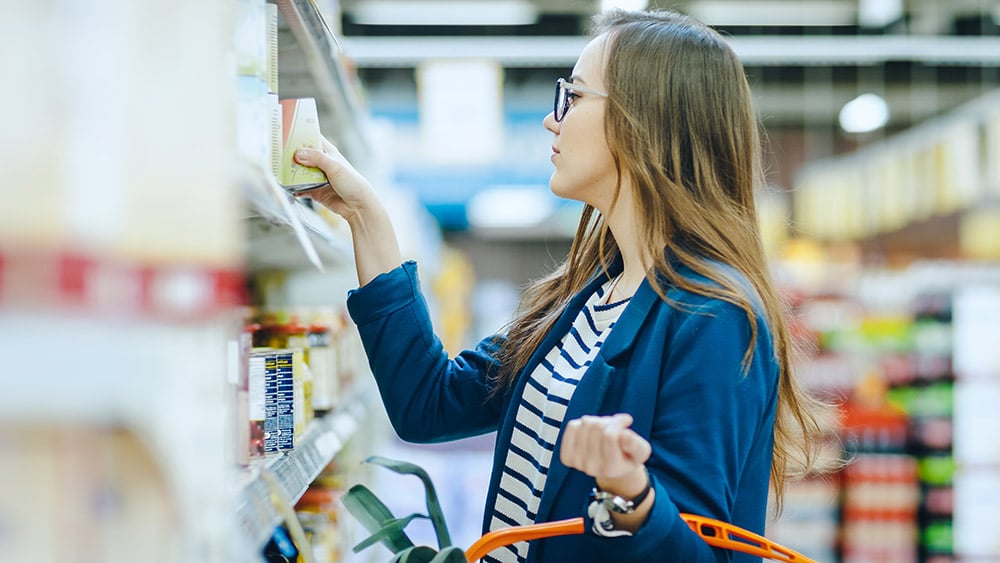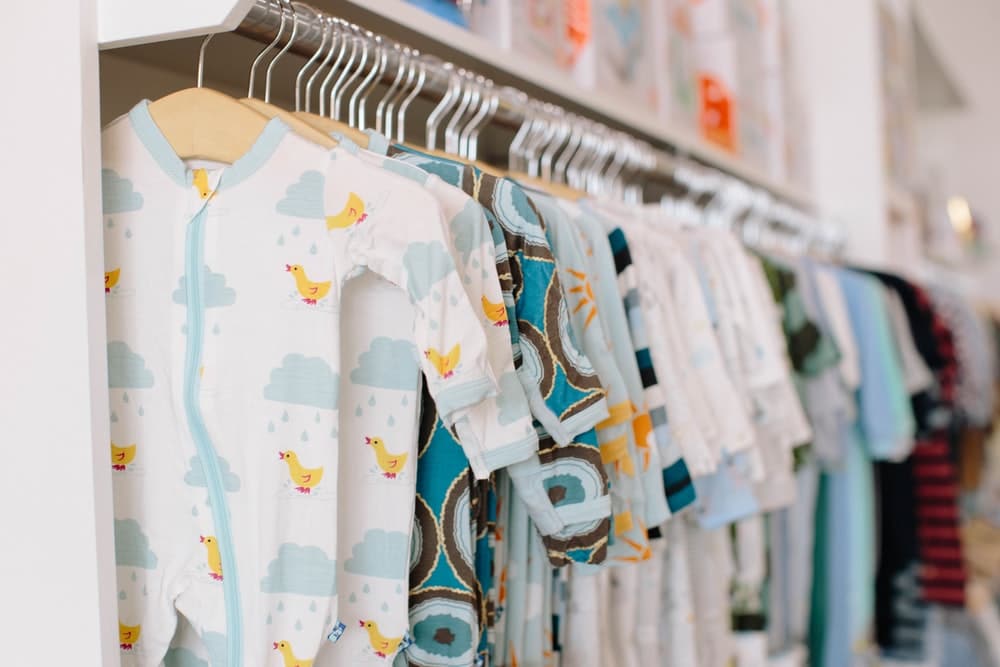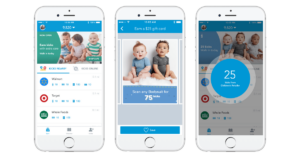Interactive mobile marketing: 3 tactics to turn browsers into buyers
Thanks to online retailing, shoppers in brick-and-mortar stores are better informed and more demanding than ever. They may love the in-store shopping experience, but it can be enhanced by interactive mobile marketing to create greater engagement. There are several tactics that can help your store engage and convert those browsers.
How to Engage Consumers With Interactive Mobile Marketing
Personalization
Individual attention creates emotional attachment, even when it is delivered automatically. Personalization leads to customer retention and, according to research conducted by PwC, around a quarter of shoppers are willing to pay more—up to 16% in some cases—for a product specifically in response to personalization. PwC also found that, while 43% of U.S. consumers say they would not allow companies to collect their personal data, which is a necessary step for personalization, 63% say they would share data for the sake of a service they value.
Personalization uses a combination of familiar tactics and the latest technology to engage consumers.
- Targeting. As customers walk in the door with a shopping app turned on, they can be greeted by name and view product suggestions based on previous buying patterns.
- Mapping. In large stores, customers can even be guided through the aisles to locate items of potential interest to them.
- Events. Customers can receive invitations to special sales, product premiers, and appreciation events based on their shopping patterns.
- Feedback. Giving customers an opportunity to leave feedback on items they purchase or read the feedback of others before making a purchase can enhance the shopping experience.
- Chatbots. Using natural language, AI chatbots can engage customers on messaging services by providing product suggestions and information, customer service, and branded entertainment in a conversational format. Chatbots are available around the clock and can generally respond faster than human assistance. They can also be used to gather information about customers, simply by asking for it.
Augmented Reality
Augmented reality (AR) is fun, informative, and easy to deliver—it is technically simpler to produce than virtual reality, and it requires no user headset. Consumers can use their smartphones to enrich the shopping experience. Augmented reality technology is still relatively new, making it enticing and exciting to most consumers. Many of them may be familiar with apps like Ikea’s that superimpose the seller’s furniture onto a view of their living rooms, or ones that find ATMs, stores and restaurants on the street.
Inform the Shopper
Customers can scan a QR code to find out the backstories of unique products, see demos or take a deep dive into the specs and options for products that interest them. The app might check the store’s stock for availability, sizes and colors as well, and even suggest alternatives until the shopper finds the item that suits them just right.
Try Products Out Virtually
Sephora makes even more extensive use of AR, allowing users to see what certain makeup products would look like on. A shopper looking for clothes might use AR to see a 360° view of garment on a model or combined with other garments. In a kitchenware store, a shopper might watch a demo of the countertop appliance on the shelf in front of them.
Take Time, Save Labor
AR creates a rich, customized experience for shoppers, who can take in as much or as little information as they please, and work their way through alternatives of their choosing at their own pace. Only at the end of the experience, when the shopper has made their purchasing decision, does a salesperson need to become involved. Thus, the customer gets to enjoy the benefits of modern technology and the human touch too.
Rewarding Loyalty
There are a number of ways to reward loyalty with interactive mobile marketing, and they are often among the most effective measures for retailers. Fifty-eight percent of shoppers visit stores where they are members of a loyalty program at least once a month—and 69% say their choice of retailer is influenced by loyalty programs.
- Loyalty Rewards Programs. Many loyalty programs are available via a mobile app. In Shopkick’s case, shoppers can earn rewards for using the app when visiting a store and interacting with products at-shelf.
- Proximity marketing. Beacon technology can be combined with Wi-Fi or Bluetooth to guide shoppers to sale items. According to Beaconstat, 75% of U.S. retailers already use it, and its popularity is still growing. Shopkick worked with early adopters T.J. Maxx and Best Buy.
Interactive mobile marketing combines familiar tactics like rewards points and events with the latest digital technology to generate excitement and help shoppers make purchasing decisions. It presents ample opportunities to increase engagement among shoppers in your store and turn browsers into buyers. Using these tactics will create a satisfying shopping experience that is met with appreciation and positive response from your customers.



 My favorite types of grocery shopping apps are those that give you rewards you can trade in later for cash or gift cards. The main benefit of these apps is that you save money. There are different ways these apps work, but the best of the bunch gives you rewards for the shopping you already do. You can then trade those awards in for savings. The best shopping apps for groceries change the shopping experience altogether by adding a new layer of fun that actually makes you look forward to going to the store, as crazy as that sounds.
My favorite types of grocery shopping apps are those that give you rewards you can trade in later for cash or gift cards. The main benefit of these apps is that you save money. There are different ways these apps work, but the best of the bunch gives you rewards for the shopping you already do. You can then trade those awards in for savings. The best shopping apps for groceries change the shopping experience altogether by adding a new layer of fun that actually makes you look forward to going to the store, as crazy as that sounds.
